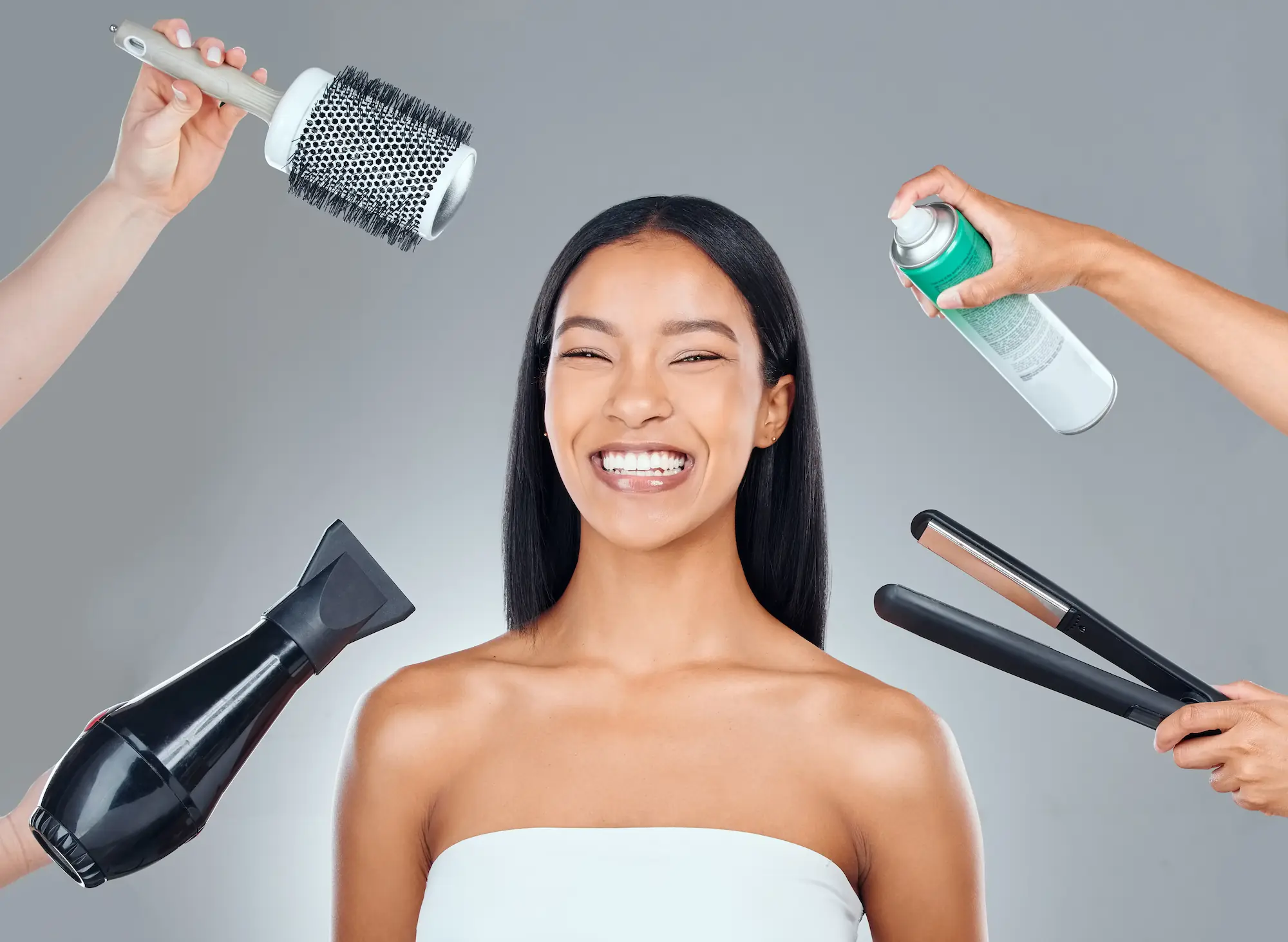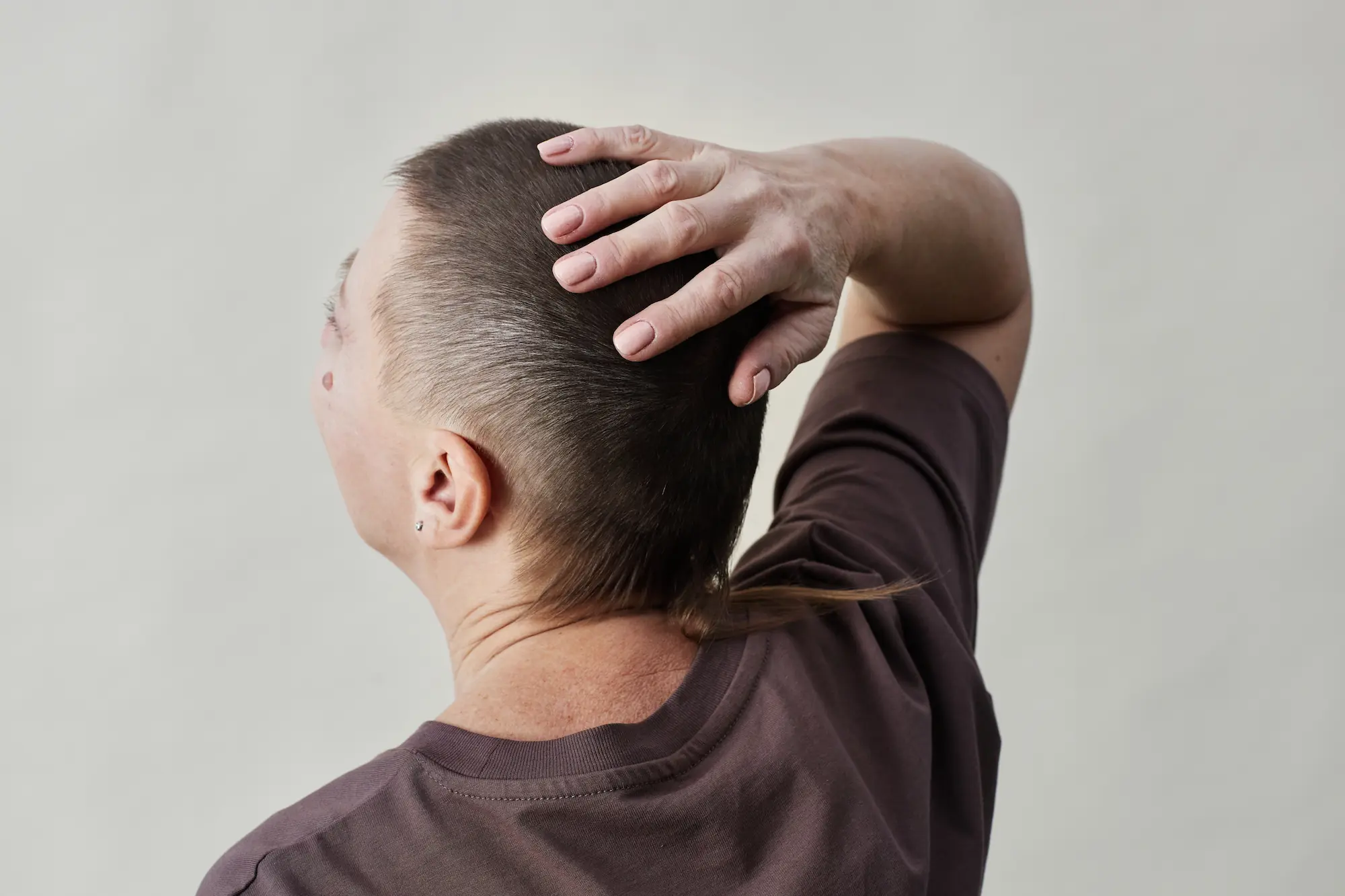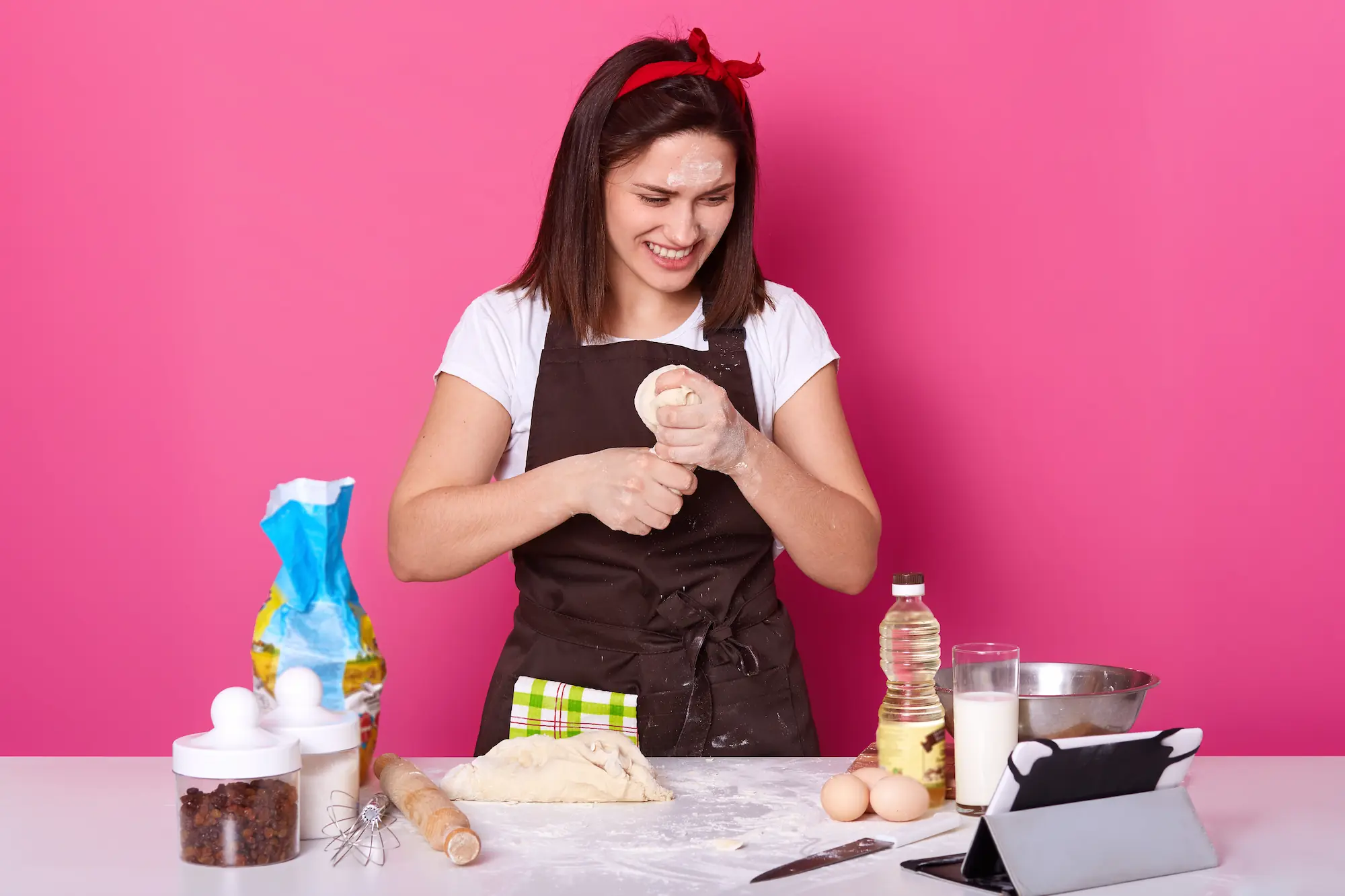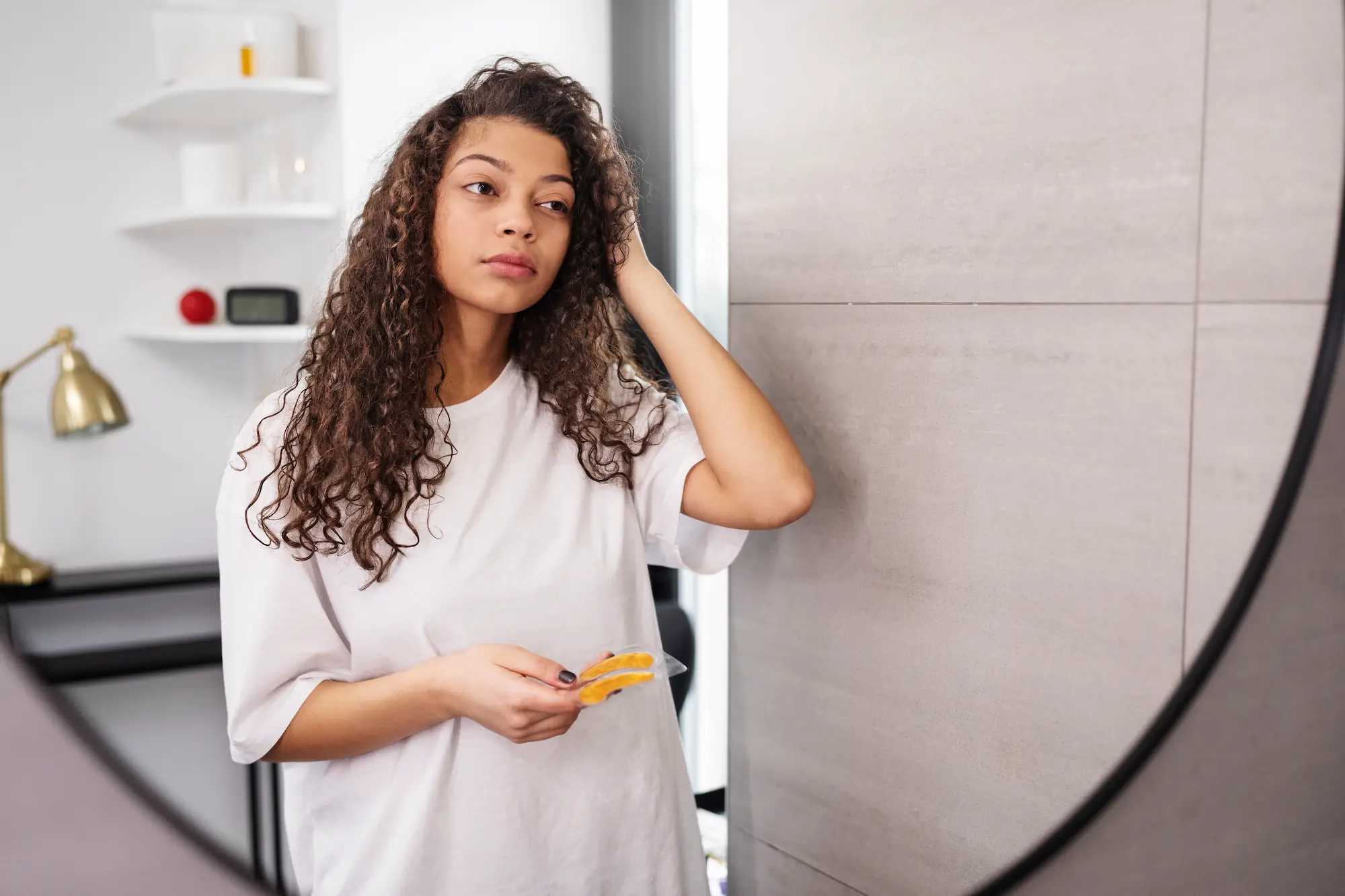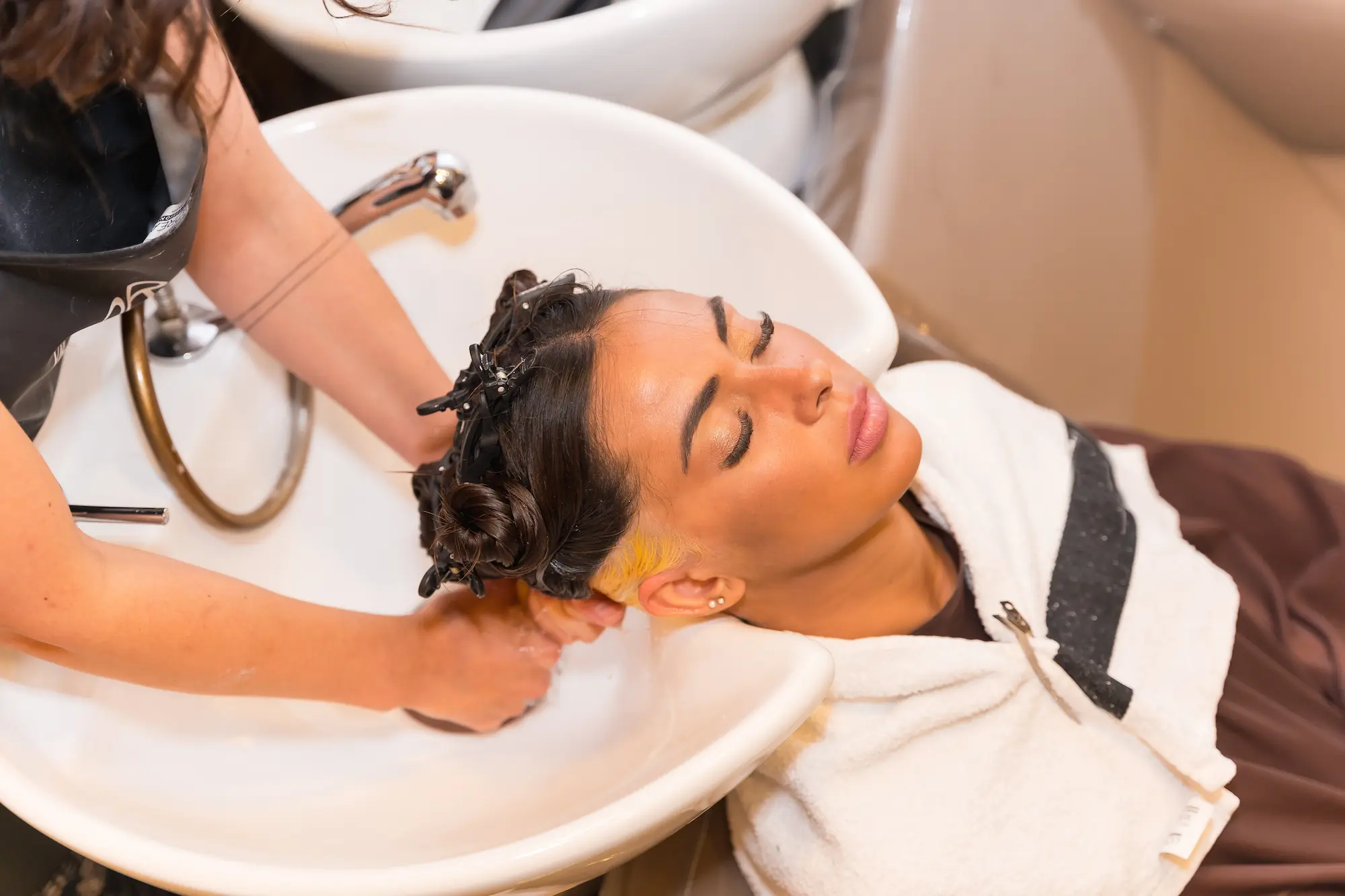Given my genetic hair type, my natural hair journey was kind of forced on me because of cultural norms and negligence in learning how to manage it properly.
For many years of my life, I thought that the spiral curls, which naturally grew from my scalp, were a nuisance rather than a plus. Every time I went to the hair salon was one more move towards becoming that woman with the ‘good hair’ – relaxed curls.
However, my metamorphosis started the day I received information about the negative affects of such chemicals during my time at cosmetology school.
Taking care for natural hair begins with recognizing the sort of hair type that a woman possesses. Coily, particularly textured hair, is very vulnerable to dryness because of the hair’s shape, as I have coily curls. This natural dryness thus sets the importance of frequent hydration on a very important need to retain moisture. Less is more: this cliché tells me that products of nature are the best when it comes to the treatment of health conditions and management of everyday life.
Here’s what I’ve grown to learn about maintaining healthy, natural hair:
Understanding Your Hair Type and Texture
Every curl has its own identity. By identifying whether you have wavy (type 2), curly (type 3), or coily (type 4) hair, you can better cater to its specific needs. For me, embracing my type 4 curls meant learning how to provide deeper moisture and combat the fragility of my strands.
Moisture is Key
Overall, the key to healthy natural hair is enough moisture. Deep conditioning with natural hair masks that contain some of the natural moisturizers like glycerin and natural oils such as castor oil, and coconut oil have been very useful when done on a weekly basis. These ingredients in turn are said to infuse the hair shaft with moisture and then even seal it thus stopping any more loss of dampness.
The LOC Method
The LOC (liquid, oil, cream) method is one I’ve mentioned before and use when my hair needs a little more protection between wash days. This means washing the hair with water or a water soluble product, Info, sealing the hair with oil, and then applying a hair lotion that will seal the cuticle so that it minimizes evaporation of the moisture.
Gentle Handling and Regular Trims
I brush my natural coils with a wide-tooth comb on my hair while focusing on the tips of the hair and going up to the scalp since it helps minimize hair breakage. Low manipulation styles also include protective styling like Twists, braids, buns etc; These keep my hair safe from much harm that it would otherwise undergo if left free; It also lessens dry beauty manipulations. Also, getting the hair trimmed every few months ensures the ends are healthy and the split ends do no severe damage.
Avoiding Heat and Harmful Chemicals
Over the years, I have come to understand one fiscal-risks-related piece of advice: do not fry yourself. Hair dryers should not be used instead air drying is recommended, if one has to use a dryer, then it must be set on low heat and use a heat protectant. Also, it is important that I do not wash my hair with sulfates or any other strong chemicals; and I have also learned over the years to stay away from silicones in conditioners and styling products with the result that the natural oils and moisture in my hair have not been interfered with.
Incorporating Natural Ingredients and DIY Treatments
At home, I easily prepare hair masks from the easily available chemicals such as avocado, honey and some of the essential oils. The treatments that had been mentioned not only improve the overall health of my hair but also make my scalp and hair look inspired.
Hydration and Diet
Drinking enough water from within is a big boost to hair health. Also, to help retain hair moisture and hydration in the whole body, I make certain I take a lot of water in a day. A proper diet consisting of foods which are rich sources of omega-3 fatty acids, proteins and vitamins can help in the strengthening and growth of hair. It is a total package with internal and external relevance where one is as important as the other, primarily, the stuff that one ingests.
Embracing My Hair's Natural Beauty
Lastly, one that forms almost a ‘package deal’ with the rest of my care for natural hair regimen is psychological. I have embraced my natural hair texture and Turned off all the negativity and hatred of my natural hair. The flight from old ‘old wives’ tales that claimed my hair was unmanageable I have embraced the many styles that I can make out of my hair and the link it has to my people. I encourage others to embrace their natural hair not only as a beauty but as part of who they are and needs care and respect as any other part of the body.
Final Thoughts
Looking back on my experience with using chemicals in order to grow out my hair, and now being an advocate for natural hair, has been more than just altering my hair, but changing my life while helping others do the same. Natural hair-growing is a process of discovery, appreciation and love of the hair that grows from our scalps. Whether for those growing out or maintaining natural hair, for those in between relaxer stretches, or for any other type of hair regimen, these are principles that can be adopted to facilitate healthy, fashionable curls: Something every one with curls should embrace due to the cultural and personal importance our hair holds.
There are no two similar stories when it comes to accepting one’s natural hair, which is why at the core of each story is the love for a hair care routine. When it comes to getting knowledge about the requirements of the kind of hair that we have, it is a very liberalising process that makes us more at ease and gives us the plus point of being ourselves.
Thus, as I proceed to this blog, where I share knowledge that I have accumulated over the years and the experiences which I get daily, I want more women to accept themselves and enjoy taking care of their hair. It is more than the hair we see; it is about creating a hair care program that would embrace what it is to be healthy.
FAQs
How do I determine my hair type and why is it important?
What are some effective ways to maintain moisture in natural hair?
What are some recommended practices for handling and styling natural hair to minimize damage?
Gentle handling involves using a wide-tooth comb, focusing on the tips and working upwards to the scalp, along with low manipulation styles like twists, braids, and buns. Regular trims to eliminate split ends and avoid heat and harmful chemicals also minimize damage.



